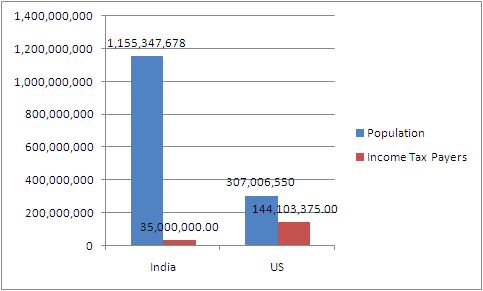This is yet another post from the Suggest a Topic page, and this time we’re going to look at the E-Gold and E-Silver series from NSEL (National Spot Exchange Ltd.)
NSEL enables you to buy gold, silver and copper in electronic form, and hold it in a Demat account.
This opens up another avenue for people interested in buying metals electronically, and now you have another option in addition to gold ETFs, and trading in the commodity exchange.
An Overview of buying E-Gold, E-Silver or E-Copper through NSEL
Opening a separate Demat and Trading account for trading in NSEL
First of all you will have to open a Demat and Trading account with one of the authorized participants with NSEL.
This has to be a separate trading account from the one that you might be using for trading stocks.
There is a list of authorized depository participants (DPs), and you can open an account with any of these to start trading in NSEL.
You can expect to pay an initial charge of about Rs. 350 or so for opening the Demat account depending on who you open this with, and then expect a slightly lower AMC (Annual Maintenance Charge) of about Rs. 250 or so every year on this account.
Some DPs might offer you a scheme where if you give them a refundable deposit of Rs. 2,000 they will waive off the opening charges, and subsequent AMC, so you can check that up.
To open an account go to this link and look up a member in your city, and talk to them.
You will require documents such as PAN, 3 passport photographs, bank proof, and address proof.
Buying E-Gold, E-Silver or E-Copper through NSEL
Once you have your account set up, you can then carry out transactions. You can buy gold, silver or copper, and one unit of the E-Series is equivalent in the following way:
1. E-Gold: 1 gram
2. E-Silver: 100 grams
3. E-Copper: 1 kilo
The commission to transact is about 0.5% if you take the delivery, and 0.05% for intra – day trading. I use the word about because these might differ from one broker to the other, and I wanted to give you gauge of what you can expect.
You can trade the E-Series from 10:00 in the morning to 11:30 in the night on weekdays, and the settlement is done on a T+2 basis.
The price of the three contracts is visible on the website of NSEL, and once you buy a contract, it will be credited to your demat account after settlement.
Converting E-Gold, E-Silver or E-Copper in Physical Form
You can hold the E-Series products in Demat form, and you also have the option of converting it into physical form – this is known as rematerialization.
There are two key things to note here:
1. Rematerialization is currently not done in every city, so if you need this option, then check with the agent first.
2. VAT: When you rematerialize you will have to pay some rematerialization charges (which will be in the range of Rs. 200 for 10 grams gold), but the VAT might be a bigger amount based on how much electronic quantity you hold.
Currently, there are no holding charges, but I don’t know how far this will continue, so you can expect to pay holding charges sometime in the future, if not immediately.
Information I couldn’t find on E-Series Products
There were a couple of things that I wanted to find out, but wasn’t able to get to, and I thought they were meaningful enough to be shared here, and see if anyone else knows about them.
Does SEBI regulate these E-Series Products?
If someone faces an issue with NSEL, or the E-Series products, then who should they address it to. Can they go to SEBI? Is SEBI actively regulating it or does it fall under the purview of some other agency.
Does anyone hold the underlying physical gold?
Gold ETFs hold underlying physical gold equivalent to the number of units of funds they have issued, and they publish the data periodically, but I didn’t find information on who holds the physical gold, or if at all it is being held at somewhere at all times.
If everyone who holds a E-Series contract requests for gold rematerialization then what will happen.
Conclusion
There are no silver ETFs right now, so this is an alternative if you’re looking to invest in silver, but there are gold ETFs that you can look at if you’re looking to invest in gold.
This product doesn’t have a long track record, so even if you are interested in buying E-Gold or E-Series – I’d say it’s better to be safe than sorry, and start off with smaller quantities.

